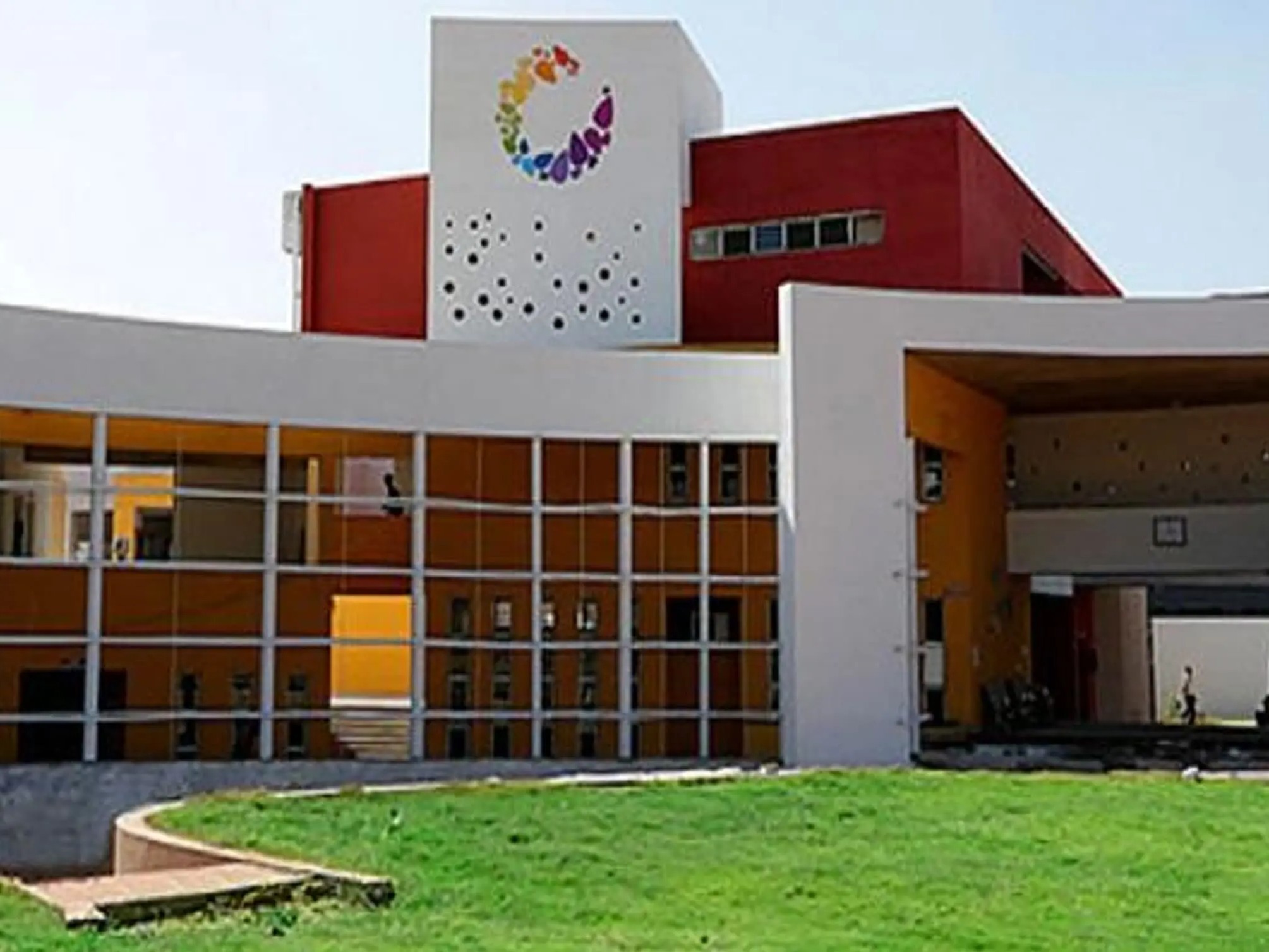Annual Status of Higher Education (ASHE 2014) of States and UTs in India 2014 gives an insight into the higher education secnario in India. This year too, Deloitte joined hands with Ministry of Human Resource & Development (MHRD) & Confederation of Indian Industry (CII) to release the
third edition of the series and the second consecutive year for authoring this report. The 2014 edition of the ASHE report was released at the “India-US Technology Summit & Knowledge expo 2014” held on November 21, 2014.
The report makes an attempt to highlight implementation status of RUSA (Rashtriya Uchchtar Shiksha Abhiyan), government’s flagship program to reform higher education sector, and the sector’s potential to attract foreign & private capital. An overview of key challenges and recent reforms has also been provided in the report. In addition, the report provides a detailed insight into the socio-demographic data, key higher education indicators, university & college level statistics and trends in growth of student enrolment in all states & union territories, amongst other findings.
Mentioned below is a brief of what the report primarily entails:
-
In its first year of implementation, RUSA is now in one of its most important phase. Since its approval in October 2013, the last one year has been primarily devoted towards preparatory work, wherein the states and UTs were released an initial funding (of ₹ 74.05 crores) for activities ranging from planning and data collection, capacity building and preparation of State Higher Education Plans (SHEPs) amongst others. The second year of the scheme is expected to continue with the initiatives planned in the first year along with initiation of requisite steps for implementation. Based on the recommendation of the Project Approval Board, separate committees have been proposed to evaluate effective implementation methodologies for the execution of various schemes & initiatives, assessment & synergizing of schemes for optimal use of resources. Till date, 18 out of 23 states have submitted their SHEPs with certain large states such as Maharashtra, Arunachal Pradesh and Bihar yet to submit their plans. The government has its task cut out in terms of ensuring submission of SHEPs by all the states and formation of SHECs(State Higher Education Councils) and effective monitoring & dispersal of funds in the next 2-3 year period.
-
On the role of foreign participation and attracting private sector investment in higher education sector, ASHE 2014 has highlighted the urgency and importance for clarifying government’s stance in allowing foreign & private capital in establishing universities & related infrastructure. The report further draws a high-level comparison of foreign investment that education sector has attracted viz-a-viz other strategic sectors.
-
ASHE 2014 illustrates the need for incentivizing institutes of higher education for improving performance in India. The report further highlights the rule of RUSA in incentivising institutions and also presents some learning from international experiences which can be replicated effectively in the country.
- With internationalisation of education becoming the norm, the importance of mandatory accreditation in higher education has gained critical significance. The signing of the Washington Accord by India has unlocked huge potential for our engineers to pursue employment opportunities overseas in addition to pursuing post graduate studies in foreign universities. The ASHE 2014 report elucidates the recent initiatives taken by the Government of India for making accreditation mandatory in all colleges, universities & technical institutions. The Government is also considering developing a national ranking system for Indian higher education institutions which seeks to project some of the unique components of our institutions, not covered in the global rankings. To keep the accreditation system on par with international standards as well as enhance its validity, reliability and usability, the report proposes to establish a continuous review system for accreditation system in India.
The complete report is attached herewith, for your ready reference. Along with this, please find enclosed a quote from the Deloitte Education Sector Expert, Mr. K.R. Sekar, Partner, Deloitte Haskins & Sells:
“India is expected to become the most populous nation in the world by 2028. With over 50% of its population below 25 years of age and English being the most preferred language for academic and professional communication, India has the potential of becoming global supplier of quality manpower. This potential has to be carefully tapped by addressing some urgent needs of the sector duly highlighted in our report.
Our report has made a considered effort to highlight the implementation status of RUSA, government’s flagship program to reform higher education sector, across the country along with taking up the case for attracting foreign & private investment, mandatory accreditation and incentivizing institutional performance. The report also provides a detailed overview of key higher education statistics in states and union territories.
Although, it is heartening to note the renewed impetus of the Government to reform the higher education sector, the immediate focus should be to improve quality of physical infrastructure of academic institutions, training of teachers, attracting foreign & private capital in building universities and embracing technology as a means to improve access. As acknowledged by our Hon’ble President, the higher education sector has the potential to eradicate our nation’s key woes including poverty, unemployment, social unrest & illiteracy. In a dollar hungry global economy, our ultimate aim should be to become an exporter of higher education services by taking steps for internationalization.”
FAQ's
Frequently Asked Questions
Sorem ipsum dolor sit amet consectur adipiscing elit sed eius mod nt labore dolore magna aliquaenim ad minim sorem ipsum dolor sit amet consectur adipiscing elit sed eius modam.
Sorem ipsum dolor sit amet consectur adipiscing elit sed eius mod nt labore dolore magna aliquaenim ad minim sorem ipsum dolor sit amet consectur adipiscing elit sed eius modam.


